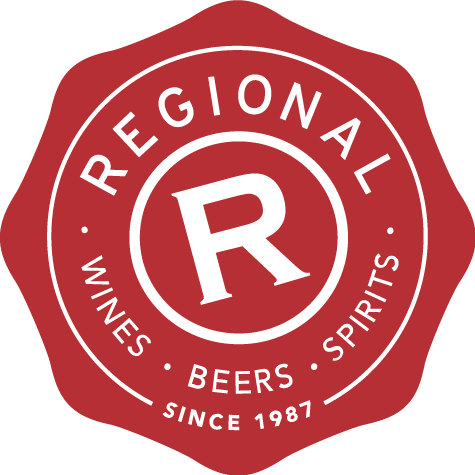
Chardonnay in all its glory
Chardonnay is the third most popular grape in New Zealand, in terms of the number of vines planted, so why has it declined in this country by a massive 25 per cent over the past decade?
It’s a significant decline and a question with a variety of answers, which a trio of winemakers attempted to address at a tasting last week, which I co-led, called Chardonnay in all its Glory.
The tasting was held in central Wellington under the banner of the independent wine store, Regional Wines & Spirits, which I consult to. It sold out quickly.
That’s always the way with Chardonnay. There is no question about its popularity. Big, creamy Chardonnays are the most popular at tastings and the ones customers most frequently ask for when shopping for wine.
So, why has Chardonnay declined from 3911 hectares 10 years ago to just over 3000 hectares today?
Three winemakers were invited to the Chardonnay in all its Glory tasting to talk about this popular wine and its increasingly diverse range of styles.
Paul Mason from Martinborough Vineyards, Paul Dawick from Mills Reef and Kirsten Searle (co-owner) of Matawhero Vineyards showed nearly 40 people a diverse range of Chardonnays from the relatively warm Gisborne region to the cooler Hawke’s Bay to the much cooler Martinborough. Climate plays a huge role in the taste of Chardonnay with warmer regions producing more peachy flavours and cooler areas giving more citrus flavours.
“Chardonnay is the most diverse and the most divisive wine of all those that we make,” said Martinborough Vineyards winemaker Paul Mason, who brought three Chardonnays along to prove the point.
The winery he works for, Martinborough Vineyards, is now owned by Foley Family Vineyards, which also owns a number of other New Zealand wineries, such as Te Kairanga in Martinborough.
“There’s no other wine that leads to as much division in opinion about how to make it as Chardonnay does. We have major disagreements over styles and I’m a fan of many different styles, but there are so many winemaking choices, so it’s always a robust debate.”
All Chardonnay grapes are hand harvested at Martinborough Vineyards. And Paul describes his Chardonnay philosophy as traditional.
“What that means to us is that the grapes are hand picked, whole bunch pressed, then put into barrel that night. Nearly all the wines go through natural yeast fermentation, with only a little added yeast. Ferments are relatively warm at 24-25 degrees in barrel and we only use French oak.”
He is a big fan of malolactic fermentation. He is not a fan of reductive flavours.
Mason sees the role of malolactic being to create more weight to Chardonnay, using it as a tool to lower acidity and add depth of flavour.
He has also pulled back from 35-40% new oak to 25% new oak, on average, and is giving his Chardonnays a longer time in oak than in the past.
Why has Chardonnay declined?
Winemaker Paul Mason says a lot of Martinborough Vineyards’ vines were attacked by the vine eating aphid, phylloxera, so had to be ripped out.
Many vineyards around New Zealand have suffered the same fate, not all of them being replaced with Chardonnay.
Mills Reef winemaker Paul Dawick explained the problems of leaf roll virus on Chardonnay in the Gimblett Gravels in Hawke’s Bay, where vines were ripped out to prevent the spread of this virus.
Vines ripped out
Mendoza clone Chardonnay was one of the first grapes planted at Martinborough Vineyards in 1980. The Mendoza clone is also often called ‘hen and chicken’ and it’s easy to see why when looking at a bunch of these grapes, which are characterised by an incredible lack of uniformity in size. Tiny grapes with higher acidity add nervy flavours to wine while larger grapes add softer flavours.
The majority of Chardonnay vines that have been replanted are with newer, more modern clones, such as the clone 95 Chardonnay, which ripens more consistently than the Mendoza clone.
But wait, there’s more
It is not only vine disease and phylloxera that have led to the removal of Chardonnay in vineyards around the country.
Winemakers in some regions have replaced Chardonnay with the increasingly popular Pinot Gris grape.
It may seem a shame to lovers of big, bold, creamy Chardonnays, but fashions come and go.
And as Coco Chanel once wisely said, fashion fades, but style is eternal.
